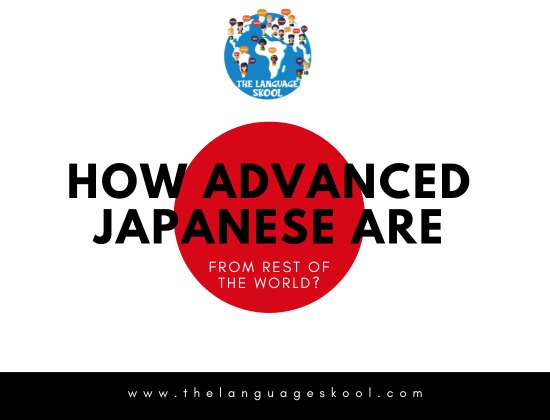
The Difference Between Hiragana, Katakana, and Kanji in Japanese: Learn ONLINE with The Language SKOOL
Learning Japanese can feel like unlocking a secret code, especially when you realize that the language has three different writing systems: Hiragana, Katakana, and Kanji. But don't worry! Each language has its purpose; once you understand them, Japanese will become much easier to learn. Let’s break it down!
Hiragana: The Foundation of Japanese Writing
Hiragana is the most basic and essential part of the Japanese writing system. It comprises 46 characters and is used mainly for native Japanese words and grammatical elements like verb endings and particles.
Why Is Hiragana Important?
-
It helps you read and write basic Japanese sentences.
-
It’s used for furigana (small hiragana above kanji) to help with pronunciation.
-
Beginners usually start with hiragana before moving on to other scripts.
Example: こんにちは (Konnichiwa – Hello)
-
Katakana: The Script for Foreign Words
Katakana also has 46 characters, but its main purpose is to write foreign words, loanwords, and onomatopoeia (sound words). It has a more angular and sharp appearance compared to the curvy look of hiragana.
Why Is Katakana Important?
-
It’s used for foreign names, brands, and borrowed words.
-
It appears in menus, advertisements, and product names.
-
It makes it easier to recognize words borrowed from English or other languages.
Example: コーヒー (Kōhī – Coffee)
-
Kanji: The Complex but Powerful Characters
Kanji are Chinese characters adopted into the Japanese writing system. Unlike hiragana and katakana, which are phonetic (each symbol represents a sound), kanji represent meanings and ideas. There are thousands of kanji, but around 2,000 are commonly used in daily life.
Why Is Kanji Important?
-
It helps shorten sentences and makes reading faster.
-
It gives words specific meanings, reducing ambiguity.
-
Most Japanese writing, including newspapers, books, and official documents, is filled with kanji.
Example: 日本 (Nihon – Japan)
-
How Do They Work Together?
A typical Japanese sentence will use all three scripts! Here’s an example:
私はコーヒーを飲みます。 (Watashi wa kōhī o nomimasu.)
-
Kanji: 私 (watashi – I), 飲 (nomi – drink)
-
Katakana: コーヒー (kōhī – coffee)
-
Hiragana: を, ます (particles and verb endings)
As you can see, each script has its role, and they all work together to form a complete sentence!
Understanding the difference between hiragana, katakana, and kanji is key to learning Japanese effectively. Start with hiragana, move on to katakana, and slowly build your kanji knowledge. With practice, you’ll soon be reading and writing Japanese with confidence!











